Abstract
Design seems to be in a neverending crisis, especially when it comes to proving its value. The challenges caused by the emergence of AI and the current economic downturn make the devaluation of design even more problematic. Have we hit “peak design”? If so, what that might mean for design practice? What can design do to reclaim its relevance and address complex problems? The essay questions whether design should revamp its business models to be able to focus on solving tough problems and to prove its worth and impact and if that will be enough to ensure its future relevance.

Of Permacrisis and Peak Design
I don’t think it’s a stretch to suggest that design as a discipline lives in a state of perpetual crisis. This is due, at least in part, to its intentional framing by practitioners as a heterogeneous, vague and boundaryless non-discipline. This deliberate resistance to formal definition needs to be so that it remains open to all comers. In other words: a state of crisis is a feature and not a bug.
However, this resistance to definition also presents significant challenges. It becomes difficult for design to articulate its value in a world that often demands clear, quantifiable outcomes. Critically the lack of a unified identity or a clear set of objectives leaves design vulnerable to constant misinterpretation and undervaluation. Designers live with this inability of design as a discipline to clearly articulate its value, forced to re-articulate what value they bring to clients on a case by case basis.
As comfortable as designers have become with that turmoil, there seems to be a couple of new flavours of panic on the menu.
Peak Design
The advent of artificial intelligence and recent economic turbulence, marked by widespread layoffs across industries, has brought design's crisis of value into sharp relief.
AI poses existential questions to the design community. It challenges the very notion of creativity and originality that many designers hold dear. Add to that the economic downturn that has led businesses to scrutinise every investment, including design, demanding more tangible returns than ever before.
It’s uncertain when, or if, the waters of this crisis will recede. Regardless I somehow doubt we've seen the worst of it. It’s possible we have hit “peak design” — the point at which the world will do less and less with design, and the humans that practise it.
One thing I’m pretty sure of is that getting back a foothold is going to take more than just standing on the shore yelling “Design Matters!” to anyone who might listen. The only way out of this might be to design our way out.
“It’s an alien life form.”
That was David Bowie's response to Jeremy Paxman during a 1999 interview on the BBC (1), when Paxman described the internet as “just a tool.” Bowie countered with a vision that was nothing short of prophetic, highlighting the potential impacts—both exhilarating and terrifying—of the internet on society, impacts we had yet to fully realise. His insights, even at that time, were astoundingly prescient.
Bowie’s alien has evolved into, or merged with, a more advanced being: a relentless, prolific generator of “content.” While this new being is currently over-hyped, prone to hallucinations, and marked by a seemingly insatiable appetite for the mundane, it's important to remember that such beings—and their tastes—likely continue to evolve.
Without naming specifically what was being lost Bowie hints at the fact that as some things emerge others will be left behind. I’ve always been intrigued by this facet of obsolescence; how, in the face of revolutionary change, existing paradigms or technologies continue on unaware of their impending irrelevance. That is, until they dissolve and fade away. It’s a process that becomes obvious only in retrospect.
Obsolescence is about shifting values—where value drains from one entity and flows to another. Bowie's alien becomes a vampire.
Of course, that’s not the only sucking noise you’ve been hearing.
The Patagonia Vest Recession
That’s the name Scott Galloway has given to the post pandemic market reset that has led to current blood-letting in tech companies across the board (2). This is of course partly fueled by AI. But it is also a logical outcome of the devaluation of content and the looming consolidation of the losers of the streaming wars.
By the middle of 2023 the number of UX and UX Research jobs dipped to 75% and 65% of 2021 levels respectively (3) and was trending downward. Since the culling seems to have hit design positions harder than other parts of the sector as a whole we can sense that this is also the market sending signals about the value of those positions.
For years the market, driven by demand, has responded by quickly training and deploying an army of UX designers. Short courses and access to tools for everyone to quickly ramp up has accelerated, and now clearly outstripped demand. Sure that’s a narrow definition of “designer”, but it’s a big slice.
Paired with our vampire-alien it feels like more than a “correction”.
Self-Inflicted Wounds
The seeds for design's current predicament are admittedly self-inflicted. Over the past decades, design has allowed itself to be commodified and simplified for mass consumption and corporate use.
From early in the twentieth century design was relegated within the logic of commerce to aesthetic improvements—making things look 'pretty'. This perspective constraining design to the superficial, obscuring its potential to impact more significant societal and cultural dimensions is not new. And neither is the critique:
“Design has too often been deployed at the low value end of the product spectrum, putting the lipstick on the pig. In doing this, design has failed to make the case for its core value, which is addressing genuinely meaningful, genuinely knotty problems by convincingly articulating and delivering alternative ways of being. Rethinking the pig altogether, rather than worrying about the shade of lipstick it’s wearing." – Dan Hill, Dark Matter and Trojan Horses
Design itself has “failed to make the case for its core value”. Any effort to reposition design as something deeper seems to have failed. It continues to primarily focus on surface style, and on training an army of technicians with software skills, skills that are now so easily automated, rather than training designers.
That said nothing has done more to devalue design than its horniest tryst with capitalism: Design Thinking.
This particular infiltration of design into boardrooms and corporate language was bound to be sub-optimal, to speak in the vernacular. It was perpetuated for the most part by opportunists and marketers rather than designers.
We needn’t go down the details of why it’s problematic and potentially ineffective, Natasha Jen has the most eloquent takedown. But it is worth taking a moment to savour Joe Alterio’s direct analysis of just how insidious it has been:
“A momentary reality check: the process of large corporate organizations adopting Design Thinking is in and of itself basically meaningless, and hence, harmless — it is a problem solving framework that could potentially have been pulled from any number of industries.
However, I do think it is intentional that Design (or, more broadly, the creative arts) is what has been usurped to create these frameworks. The reality is, it’s not just the visual arts realm that has been so repurposed. Perhaps if I was an actor, the predilection of corporations to adopt Improv notions would irk me. If I was a dancer, “movement icebreakers” might give me fits.
By objectifying creative arts practices as “fun” ways to solve serious problems, the creative arts are infantilized. By infantilizing and packaging these practices, one renders the true practitioners of this field worse than obsolete — you render them beneath value. Ask a mime how they feel about their market worth these days.” – Joe Alterio - Drunk on Design Thinking
Infantilization. Beneath value. Oof.
Design as a Record of Human Imagination
Well-practised design in its broadest sense of course has the potential to be consequential. In some sense the total dissolution of design would be equally consequential.
All making is a record of the human imagination. The kinds of problems we choose to solve, the cities we build, the programs we fund, the apps we make, these are all artificial things and they reflect more than just the technological possibility of the moment. They are the results of design decisions, and they all reflect the values of the context in which they are created.
We know that designers aren’t, and shouldn’t be, making all of those decisions. But regardless of who is making the decisions, the things that we choose to make, and the way we make them are either an expression of our desire for continuity of the way things are, or they reflect a desire for something different. Seen in that way, design is an argument for or against the current condition.
The cultural imagination is a struggle between the materialisation of ideas that express - either purposefully or passively - a desire for continuity, plotted against those that work to upset the current condition. Unwittingly most of design, and most of what designers are trained for, is an argument for the status quo.
Good design — design that hasn’t been commodified, templated or infantilized — has a crucial role. If not in overtly interrogating the status quo or then at least offering up honest alternatives.
Redefining Relationship with Making
I’m not arguing that design should extricate itself from capitalism to navigate its crisis of value. I prefer to entertain the “judo move” possibility: learning how to manipulate the levers of our economic and cultural system to its advantage. This involves members of the design community being honest with themselves about the power dynamics between designers and the system within which they operate and using the talents at their disposal to explore opportunities. In fact, downturns have historically been a good time to do so.
What if designers could evolve from just pleading for someone in a boardroom to notice the value of design, to becoming initiators of projects that demonstrate design's impact? What if designers were equipped with the skills to launch and fund initiatives that not only prove design's economic value but also its societal benefits? That is, what happens when design manages to bypass the boardroom and the bean counters?
The reality is that many of the most pressing problems today do not have ready markets or clients. Issues like climate change, social inequality, and public health are just a few areas where design can have (or claims to have) a potentially profound impact. If we really think design can address these intractable problems and redefine its value proposition it needs to, in sports terms, “get after it”.
Instead of waiting for business leaders or benefactors to recognize a need, designers should equip themselves to take the initiative to address issues directly. In short, prove that design is in fact capable of tackling complex problems from environmental sustainability to social equity. That includes the design of business models that enable proactive engagement with important challenges.
Making Better Things & Making Things Better
The future of design hinges on an ability to get things made. Designers have to be more than theorists or solvers of received problems.
“As the designer Jack Schulze, principal at the design consultancy BERG, has pointed out, dentists solve problems too. Schulze prefers instead to think of design as “cultural invention”, a phrase with a lot more leeway and agency. It suggests a much wider remit in terms of uncovering, shaping and conveying alternate trajectories.” –Dan Hill, Dark Matter and Trojan Horses
I like this idea of “the cultural invention” of “alternate trajectories”.
Invention implies not just an act of imagination but the wherewithal to make it happen. It bears repeating: we have to do more than imagine alternative trajectories, we have to materialise them, we have to sell them and we have to fund them. As we move forward, it is clear that design must not just tell the world about its value—it must demonstrate it.
Until then it will be hard to get down to the business of making better things, and making things better.
Notes & references
- https://www.youtube.com/watch?v=tLf6KZmJyrA&ab_channel=BBCArchive
- https://www.profgalloway.com/2023-predictions/
- https://medium.com/indeed-design/ux-job-listings-have-plunged-in-2023-fb3c95581d40
Written by Marc Baumgartner.
About the author
Marc is the founder and Design Director at Codename Design.
Links



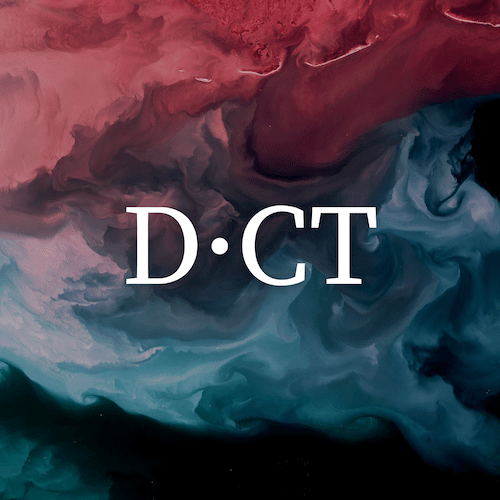








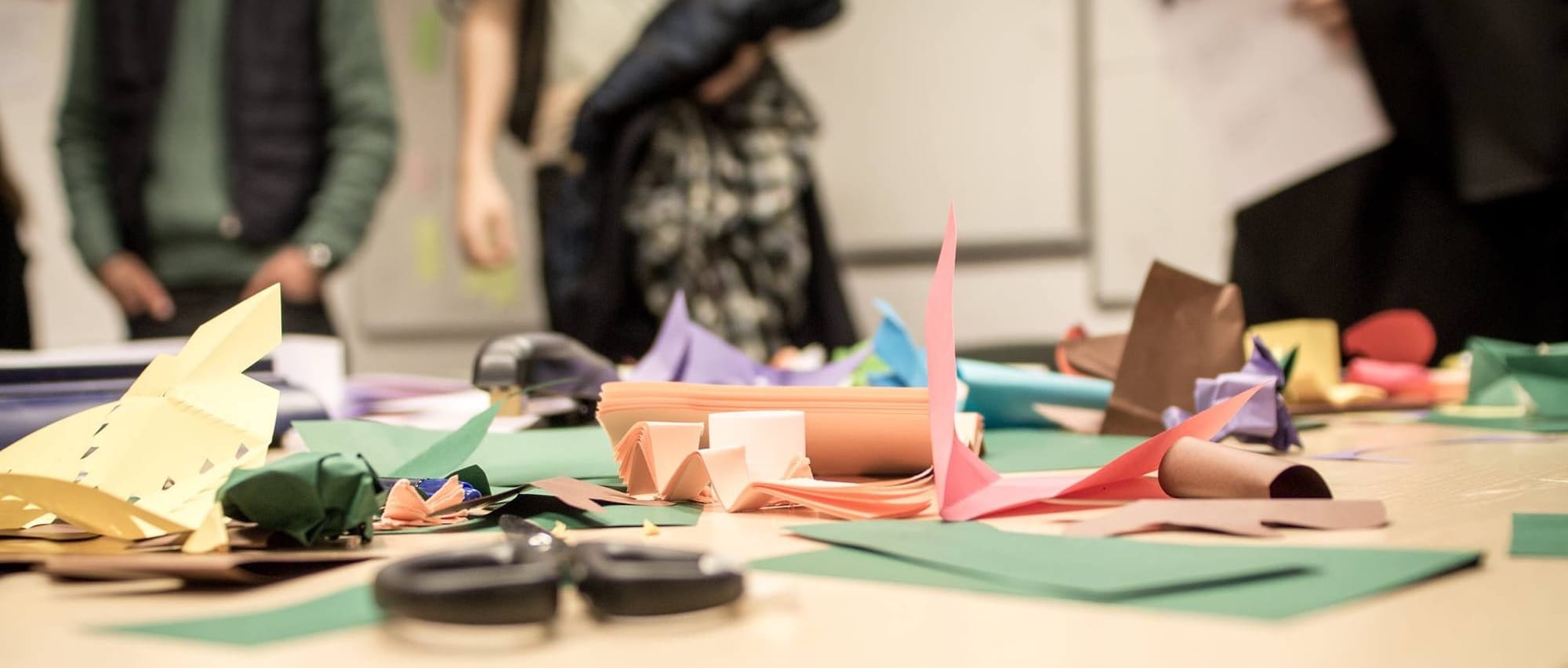

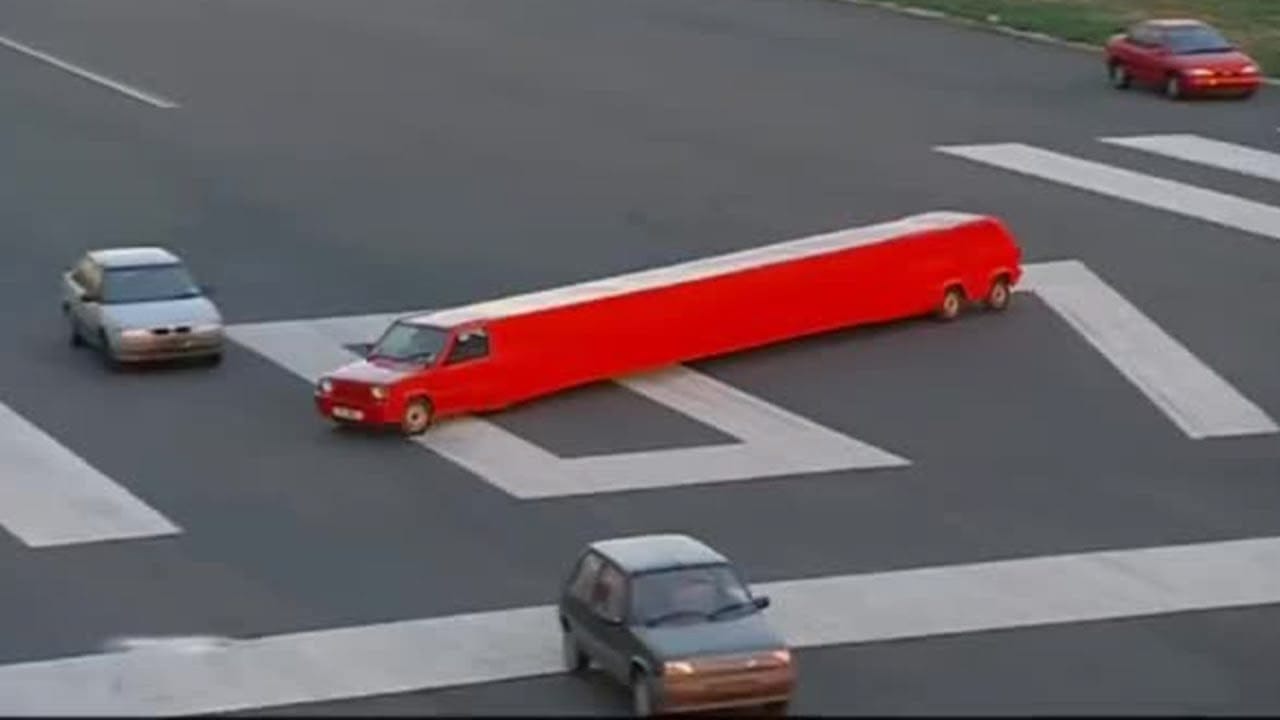
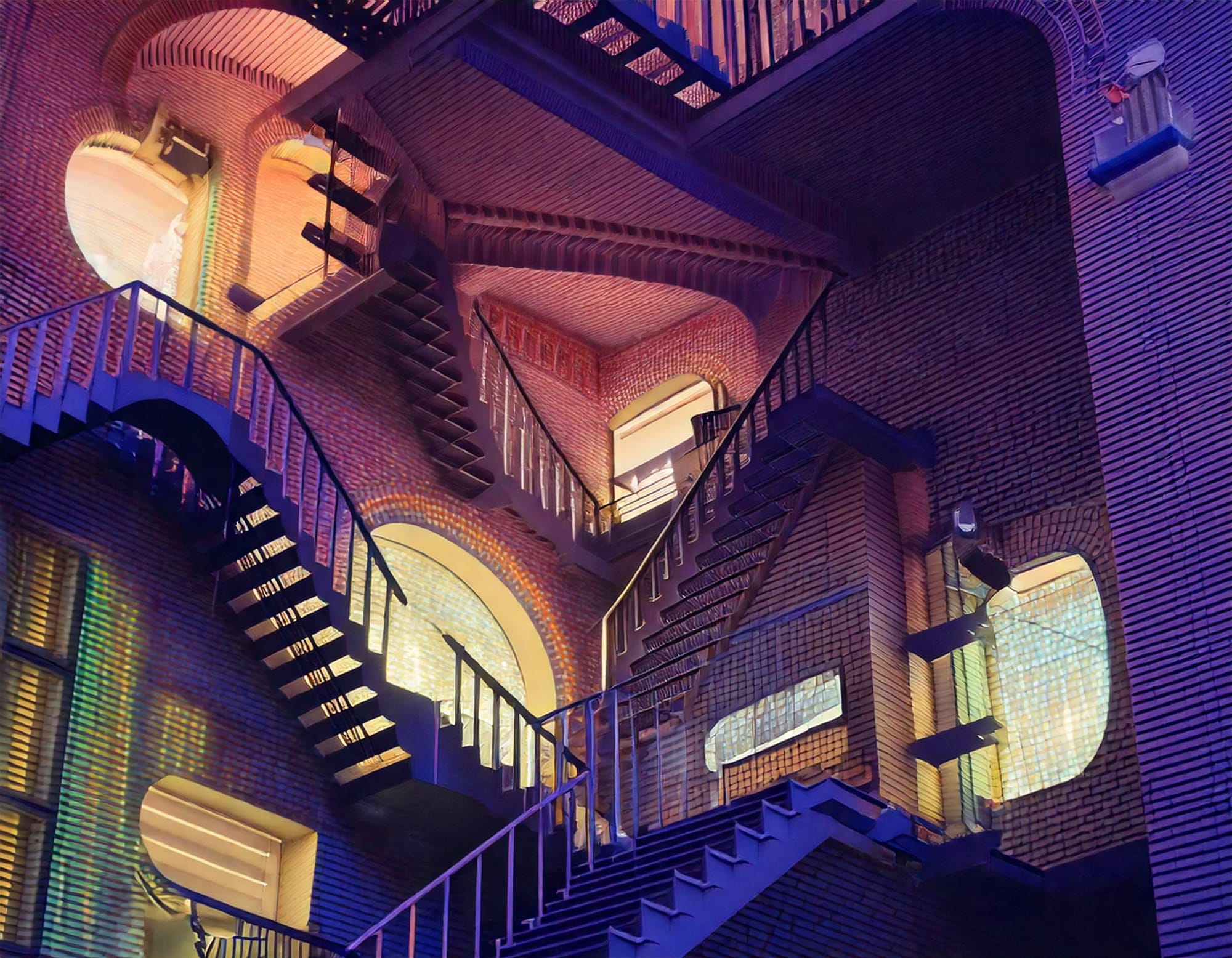
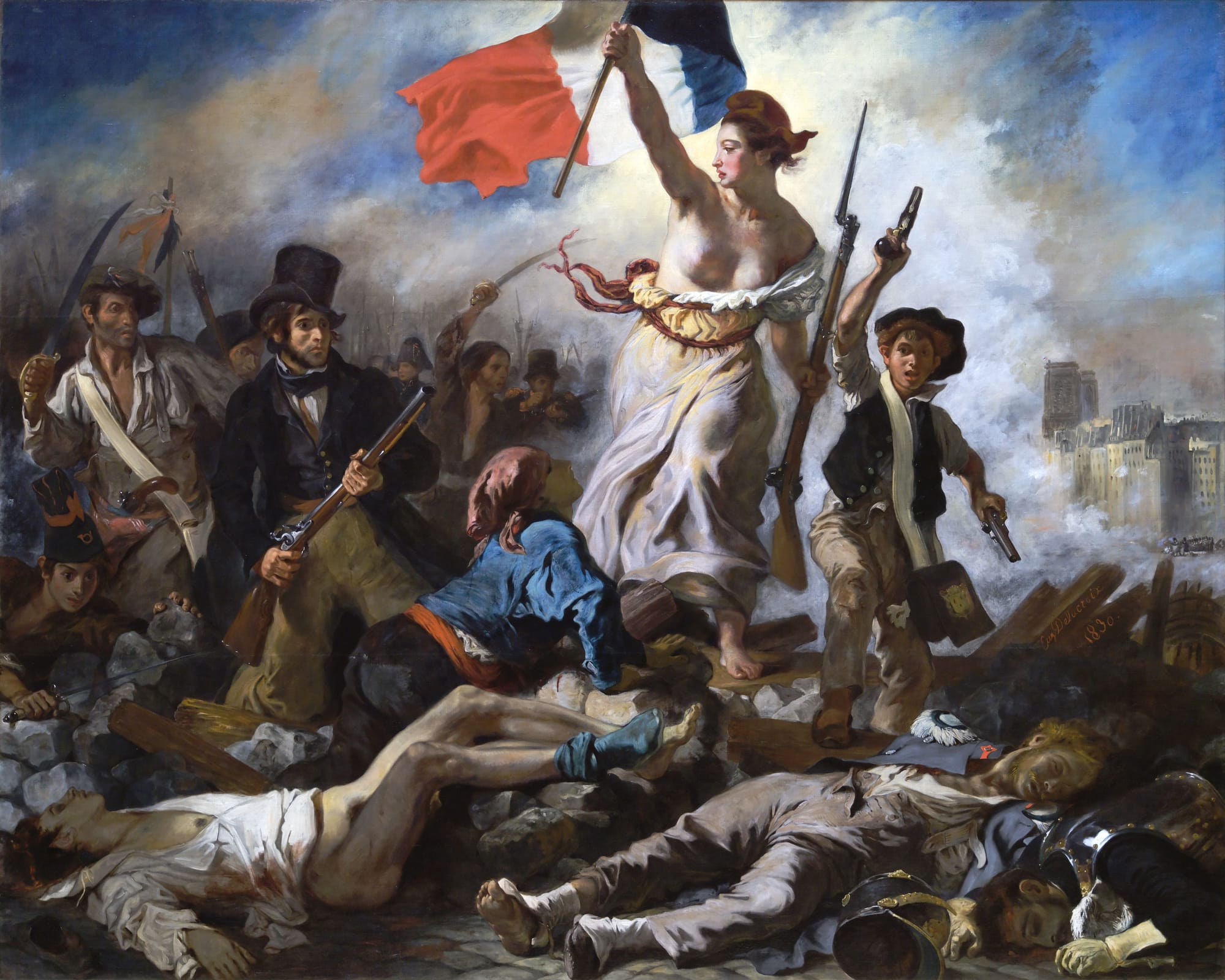
Discussion